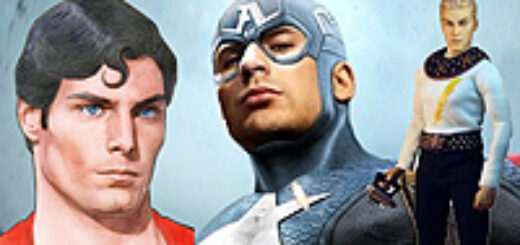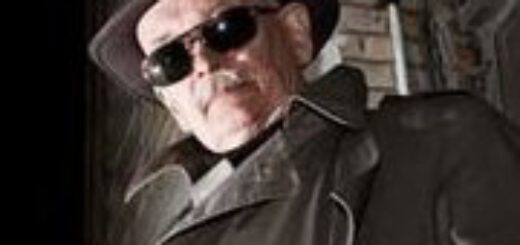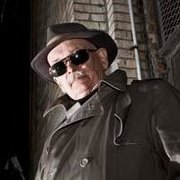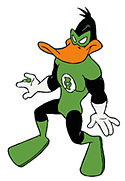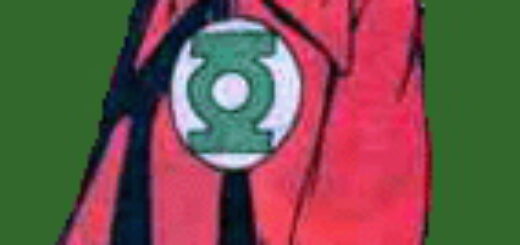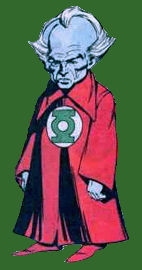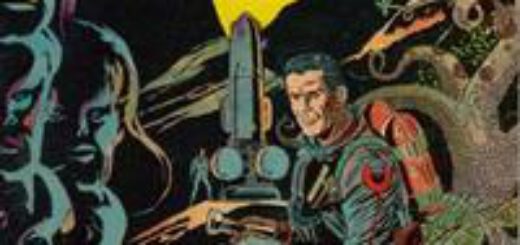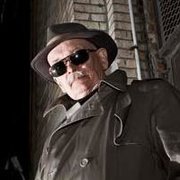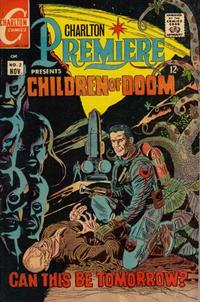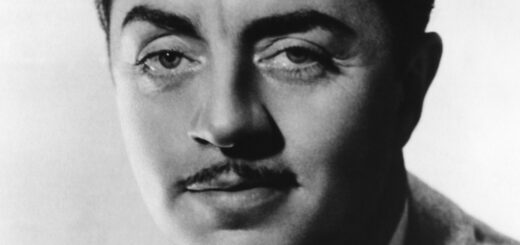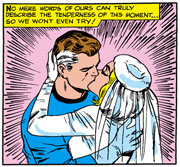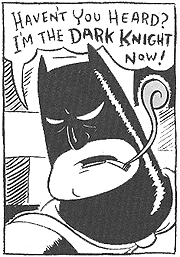DENNIS O’NEIL: Enough with the Superhero Movies?
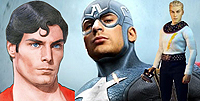 Not long ago, I was chatting with a movie guy (yes, that was me, riding shotgun in the gold Ferrari, tooling down Rodeo Drive, heading for Brad and Angie’s…) and he said that the summer of ’11 could be make-it-or-break-it time for superhero flicks.
Not long ago, I was chatting with a movie guy (yes, that was me, riding shotgun in the gold Ferrari, tooling down Rodeo Drive, heading for Brad and Angie’s…) and he said that the summer of ’11 could be make-it-or-break-it time for superhero flicks.
As you know by now, there have been four – count ‘em four – such entertainments released in the past several months, raising the question: Have we had enough?
Hard to say. Three of the four films were solid profit-makers and the last will probably limp into the black eventually, if it hasn’t already. So the chair-fillers aren’t reacting against super-doers, but if you squint, you might be able to detect signs that the honeymoon is over. A hundred and ten minutes of a dude in a funny suit doing grandiose stunts and bashing other dudes, also in funny suits, is no longer box-office surety. The novelty value is gone.
Remember when kung fu flicks first hit the U.S.? (Okay, most of you don’t because that happened before you were born, but indulge me.) For some of us, including me and my post-toddler son, any martial arts movie was the right martial arts movie and we spent a lot of afternoons in sticky-floored theaters watching them. The new approach to action-melodrama, the exotic casts, and – oh yeah! – the nifty fight-acrobatics (and whatever amusement could be gotten from bad dubbing) were enough to engross us, regardless of these Asian imports’ other merits or demerits. Then along came Bruce Lee and Enter the Dragon and then Jackie Chan and…
And, eventually, kung fu became just another genre, like westerns and war and romance and family comedies and raunchy comedies… Another genre. I still watch and enjoy martial arts films, particularly those with acrobatics, particularly acrobatics as practiced by performers from Thailand, and you can enjoy them, too, because your local Blockbuster has a goodly selection for rent and you don’t have to troll too far on your cable TV hookup to find one or two or…
Another genre, yes, but one that comes in a lot of sizes and shapes and languages and one you might patronize because of the virtues of a particular movie, not because of that movie’s label.
Superhero movies are, I shyly contend, undergoing a similar evolution. Already, perhaps, some of you don’t go to see a Marvel flick, you go to see Robert Downey, Jr., doing his Iron Man, and it’s well worth the trip. The acting is improving, the themes becoming more complex and the special effects…well, sometimes you aren’t aware of them as effects; they exist to serve the narrative, not to make us ohhh and ahhh as though we’re watching a spectacular fireworks display. It’s about story, not spectacle.
Spectacle is fine, but narrative offers other rewards, and most movies are narratives. The best special effect I’ve seen all summer happened early in Captain America, when somehow the cinematic wizards grafted Chris Evans’s head onto someone else’s body – seamlessly, perfectly realizing a plot element. No explosions, no shattered planets, just splendid storytelling.
Recommended Reading: The Boy Who Loved Batman: A Memoir by Michael Uslan.
FRIDAY: Martha Thomases

